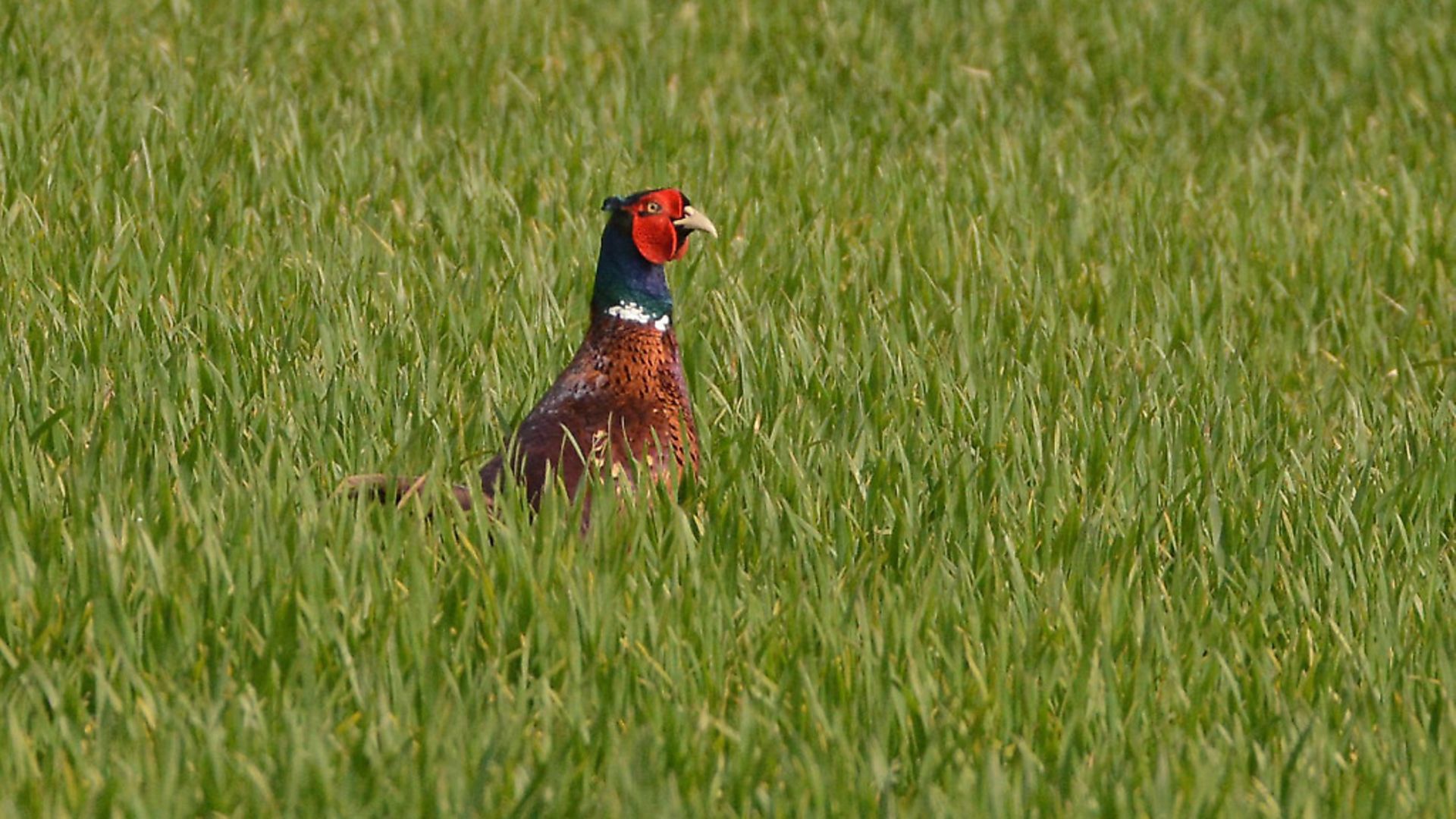In the face of increasing criticism of gamebird releasing, new research says that well-run shoots can make a positive contribution to local habitats and wildlife
 credit: Archant
credit: Archant
With increased debate on how the countryside is managed, the impact of releasing gamebirds on local habitats and wildlife has been in the spotlight. (Click here to read the original news story from July 2019 when Wild Justice decided to take Defra to court over the issue - this story is ongoing and you can read ore about it on our countryside organisations’ websites).
A new paper by Dr Rufus Sage, head of lowland research at the Game & Wildlife Conservation Trust (GWCT) provides a summary review of the available evidence and concludes that in general the ecological positives and negatives of gamebird releasing are approximately balanced. If, however, shoots adhere to best practice guidelines, several of the possible negative effects can be removed, tipping the balance so that the shoot overall can be beneficial for the local countryside and wildlife.
The paper is peer-reviewed and has been published online in the long-running journal, Wildlife Biology. It follows a recent report into this topic published by Natural England, and another by the RSPB.
“After thoroughly reviewing the evidence that exists on the effects of releasing pheasants and red-legged partridge, we found that the positives and negatives are almost equal,” says Dr Sage. “The evidence suggests that a well-run shoot that is guided by best practice and abides by the law can make a positive contribution to local habitats and wildlife.”
The paper quantifies the effect of gamebird releasing on different aspects of the environment allowing a better understanding of whether aspects of releasing are potentially ecologically ‘good’ or ‘bad’. “It uses the scientific literature itself to identify topics and then categorises them as positive, neutral or negative but doesn’t weight or rank them based on an assessment of importance which inevitably introduces an element of subjectivity.”
On the positive side, habitat management for gamebirds can result in more songbirds in game woods, as well as more shrubby plants attracting bees and butterflies at their edges. Woodland is more likely to be planted or retained where gamebirds are part of the landholding, and this woodland is often better managed. In and very close to release pens, the pheasants themselves can have direct negative effects on plants, the soil and invertebrate communities. But there was little evidence for negative effects away from release sites, although mosses and lichens on trees may be affected away from the pen itself.
On open land, the presence of hedgerows managed for game, as well as game crops, which the vast majority of releasing shoots plant on their farmland, provide excellent habitat for many birds on farmland. Released gamebirds can have a negative effect on the hedgerows themselves close to release woods and there may be other impacts, for example on reptile colonies close to release sites, although there was little hard evidence of this. The report found that there was also little evidence that invertebrate communities in woodland or open habitats were affected away from release sites. Gamebirds tend to remain close to their release site, with 90% remaining within 1km or so.
“We found that, in general, negative impacts on habitats are localised whereas benefits from habitat improvements can influence the whole woodland or farm” says Dr Sage.
The paper also explores the indirect effects of gamebird releasing such as the potential benefits of legal predator control on other wildlife. Conversely, the potential for releases to attract unwanted generalist predators such as foxes is also looked at (and counted as negative) but is not yet well enough understood. The paper concludes that more research is needed into this in the context of other land uses, such as livestock farming, which will also affect these predators. It is evident that raptors are sometimes killed illegally alongside gamebird releasing, and while the extent of the problem today is not clear, any cases are unacceptable and will count as a big negative in this analysis until it stops completely.
“The studies reviewed in the paper involved hundreds of sites over many years,” says Dr Sage. “Based on these representative samples of shoots of varying sizes, with on average typical levels of adherence to good practice, we find that the net ecological effect is approximately neutral: with ten positive outcomes, twelve negative and three neutral. Shoots with large releases are often perceived to be more damaging and while many local negative effects are related to the number of birds released, these larger shoots often have the resources to undertake more good habitat management work.
“This is encouraging,” concludes Dr Sage, “because it means that with increased awareness of the potential ecological impacts, along with education, shoots of any size can improve their ecological profile. It is worth bearing in mind that all economic land uses have some negative ecological effects. Adhering to best practice guidelines and the GWCT’s Principles of Gamebird Management, for example in relation to release pens and the number of birds released, can reduce or eliminate several of the potential negatives of releasing and help a shoot fulfil its potential to deliver ecological benefits. Now is also the time to clamp down on bad practice when releasing for shooting.”
Best practice guidelines, advice and training are available to shoot managers and guns from the GWCT here
The full paper is available here.
A report on this issue by some of the same authors has been published recently by Natural England. It provides more detail and context, available here.